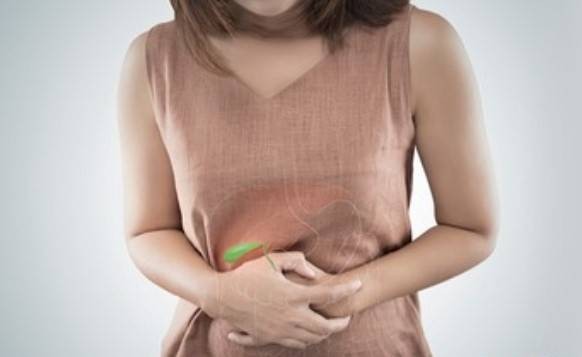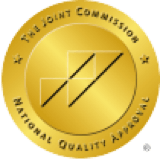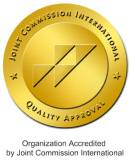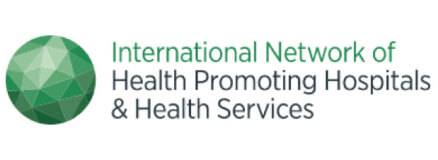
It is estimated that 1 in 10 people in Hong Kong suffer from gallstones, a common digestive disorder; however, its exact cause remains unclear. Dr. Yang Pei Cheung George, a Consultant in General Surgery at Hong Kong Adventist Hospital – Stubbs Road, points out that obese individuals and diabetics belong to the high-risk group for developing gallstones. He emphasizes that if patients experience complications such as gallbladder inflammation, the consequences can be quite severe. Therefore, he advises the public to seek medical attention early if they experience symptoms like bloating or abdominal discomfort.
Bile, produced by the liver, is stored in the gallbladder and is used to absorb nutrients from fatty substances. It contains bile salts, cholesterol, and lecithin. When these components become imbalanced, deposits can form in the gallbladder, gradually hardening into gallstones. Gallstones can develop not only in the gallbladder but also in the bile ducts within the liver.
High-risk Patient Groups with Gallstones
Dr. Yang Pei Cheung George explains that patients with gallstones may not initially notice obvious symptoms. Typically, the classical symptoms of biliary colic include right upper abdominal pain that may radiate to the right shoulder or back. However, many patients experience only a bloating sensation after consuming greasy foods. These symptoms may persist for one hour or even throughout the night. They are often not obvious and can be very similar to stomach pain. However, a bacterial infection may lead to cholecystitis (gallbladder infection). If a gallstone blocks the bile duct, it may cause cholangitis (bile duct infection), with symptoms such as yellowing of the eyes, high fever, vomiting, and chills. Additionally, gallstones can irritate the pancreas, triggering pancreatitis, the consequences of which should not be overlooked.
The medical community does not fully understand the causes of gallstones, but they may be related to genetic factors. If a family member has gallstones, other family members have a higher chance of developing them as well. Additionally, women, obese individuals, people with red blood cell disorders, and those who have undergone stomach surgery are more likely to develop gallstone issues.
Patients with chronic diseases, including diabetes and liver cirrhosis, face greater risks of complications. Diabetic patients, due to their poor nerve function, may not experience the typical symptoms of gallstones. If acute cholecystitis develops, they are more prone to kidney failure, multi-organ failure, and even higher mortality rates due to delayed presentation to the hospital.
Low Risk of Gallbladder Removal via Minimally Invasive Surgery
Clinically, ultrasound examinations can diagnose the presence of gallstones, even those as fine as grains of sand. Magnetic resonance imaging (MRI) can further help assess the patient's bile duct structure. Dr. Yang Pei Cheung George points out that the decision to perform gallbladder surgery depends on the patient's symptoms and whether complications are present, such as gallbladder infection or impaired liver function. Surgical options include complete gallbladder removal (cholecystectomy) or temporary control through gallbladder bile drainage diversion.
Minimally invasive gallbladder removal surgery offers the advantages of small incisions and quick recovery, typically requiring only a few small cuts in the abdomen. Patients can usually be discharged the day after surgery and most can fully recover within a few days, with relatively low surgical risks. Currently, minimally invasive surgery is mainly divided into three types: traditional minimally invasive, single-port minimally invasive, and ultra-minimally invasive surgery with incisions of only three millimeters.
Different Treatment Methods for Gallstones and Their Complications
Dissolution medications for gallstones are only effective for pure cholesterol stones, but most gallstones clinically are of the mixed type, limiting the effectiveness of these treatments. Different patients also exhibit individual variations in their responses to medication. It is important to note that even if treatment is successful, the likelihood of gallstone recurrence after discontinuation of the medication is quite high.
The treatment for bacterial cholecystitis can involve either cholecystectomy (complete gallbladder removal) or temporary control with gallbladder bile drainage diversion. Drainage can be performed either externally or through a puncture in the duodenum, but it only provides temporary control of the infection. Since gallstones remain in the gallbladder, this can lead to recurrent inflammation and infection, increasing both the number of hospitalizations and the difficulty of subsequent surgeries. Therefore, cholecystectomy remains the most effective treatment for eradicating gallstones. After removing the diseased gallbladder and its stones, patients will no longer suffer from this condition. Once the diseased gallbladder and its gallstones are removed, patients will no longer suffer from this condition.




















